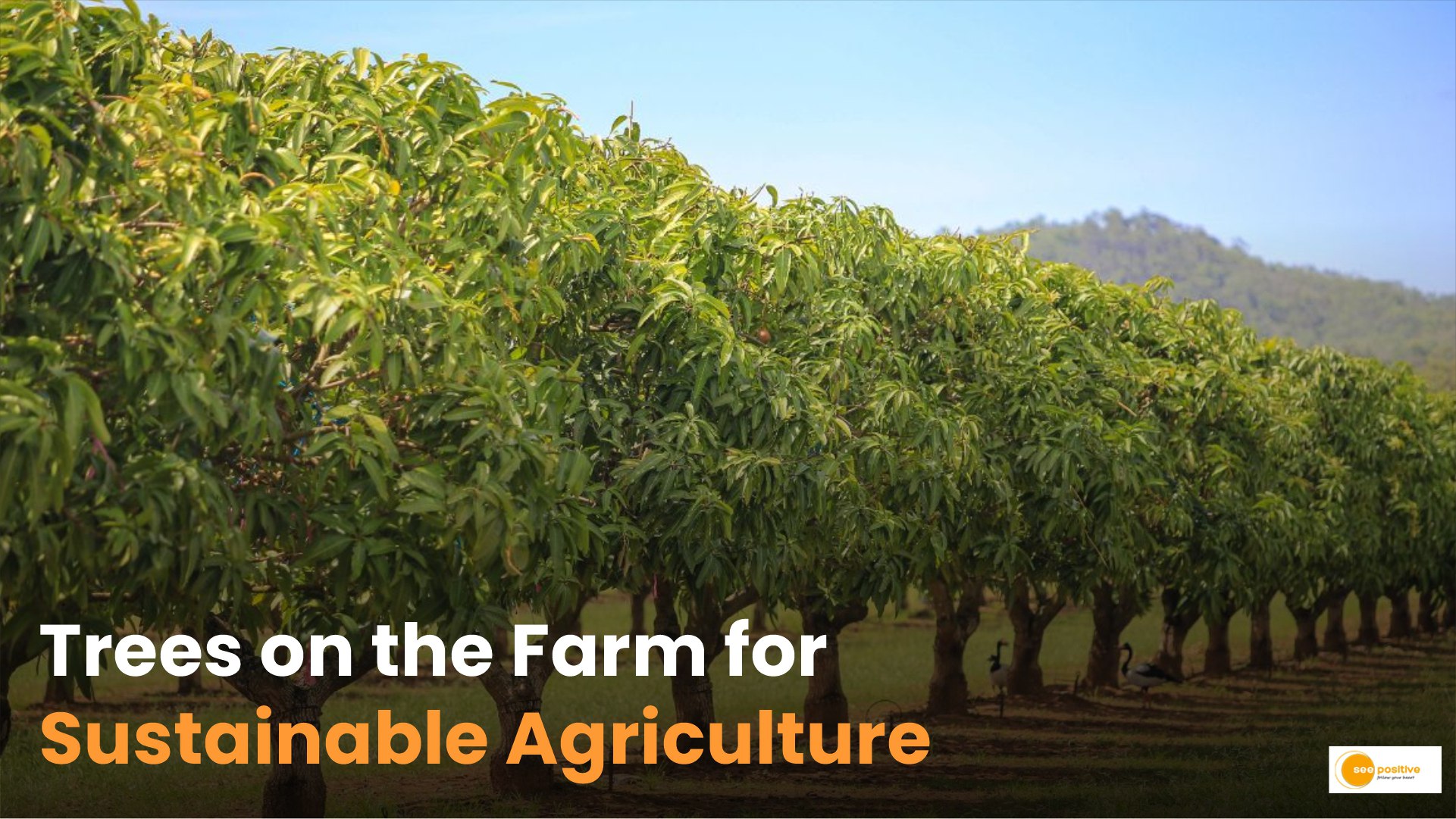Agro forestry: Agro forestry is a method of farming that involves growing trees and crops together on the same land. This approach not only helps farmers produce more, but it also has several environmental benefits. By integrating trees into agricultural landscapes, farmers can create more sustainable farming systems. Here are some of the key benefits of agro forestry.
Improves Soil Health
One of the main benefits of agro forestry is that it improves soil health. Trees have deep roots that help hold the soil together, reducing erosion. The leaves that fall from trees also add nutrients to the soil as they decompose, improving its fertility. This helps crops grow better, and farmers can rely less on chemical fertilizers.
Increases Biodiversity
Agro forestry helps increase biodiversity on farms. Trees provide shelter and food for birds, insects, and other wildlife. This creates a more balanced ecosystem, which can naturally control pests. Having more types of plants and animals on a farm also makes it more resilient to diseases and other threats.
Provides Shade and Wind Protection
In many regions, crops can suffer from extreme heat or strong winds. Trees in agro forestry systems provide shade and protect crops from wind damage. This is especially useful in areas prone to drought, as shade from trees can reduce the amount of water crops need.
Improves Water Management
Agro forestry also helps improve water management. Trees can absorb rainwater and reduce runoff, which helps to keep water in the soil. This means that the land retains moisture for longer periods, which benefits crops, especially during dry seasons.
Diversifies Farm Income
By planting trees, farmers can also grow additional products like fruits, nuts, or timber. This helps them diversify their income and reduces their financial risks. If one crop fails due to bad weather or pests, the trees can still provide an alternative source of income.
Reduces Greenhouse Gas Emissions
Trees in agro forestry systems absorb carbon dioxide from the atmosphere, helping to reduce greenhouse gases. This makes agro forestry a valuable tool in the fight against climate change. In addition, trees can store carbon in their wood, leaves, and roots for many years.
Promotes Long-Term Sustainability
Overall, agro forestry promotes long-term sustainability. By combining trees and crops, farmers can create systems that are more productive, environmentally friendly, and resilient to climate change. This method of farming can provide food security for future generations while protecting the planet.
Agro forestry is a simple yet powerful solution that brings many benefits to both farmers and the environment. By integrating trees into their fields, farmers can improve their crops, protect their soil, and create a healthier environment for everyone.


